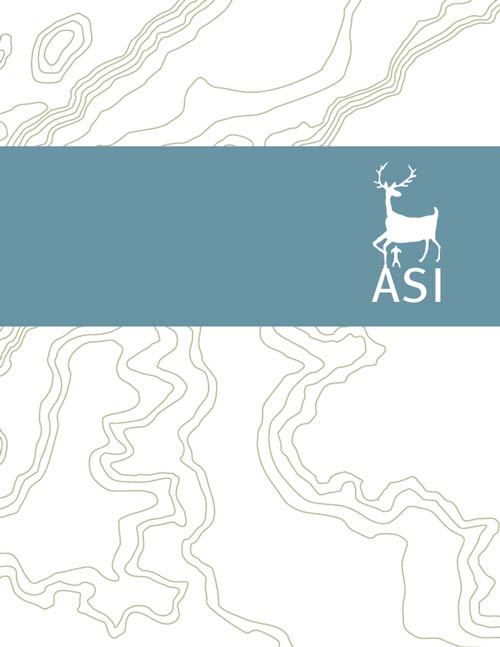The settlement of Teiaiagon, located on the Humber River near the limit of upstream travel by canoe, existed for less than a generation between the early 1670s and late 1680s. During this brief period, however, it may have become the most important of the Haudenosaunee villages established on the north shore of Lake Ontario, as the western branch of the Toronto Carrying Place overtook the eastern arm along the Rouge River as the more heavily used route to the interior. The site now lies within the Toronto neighbourhood known as Baby Point, an early twentieth-century residential enclave designed following the principles of the English garden suburb. While undoubtedly highly destructive, the development of Baby Point has not entirely eradicated the archaeological remains of the seventeenth-century settlement. This paper reviews the history and archaeology of Teiaiagon, but in keeping with the overall theme of this symposium, also discusses the planning and management measures intended to address the potential survival of remnants of the site beneath the pavements and lawns of Baby Point.










